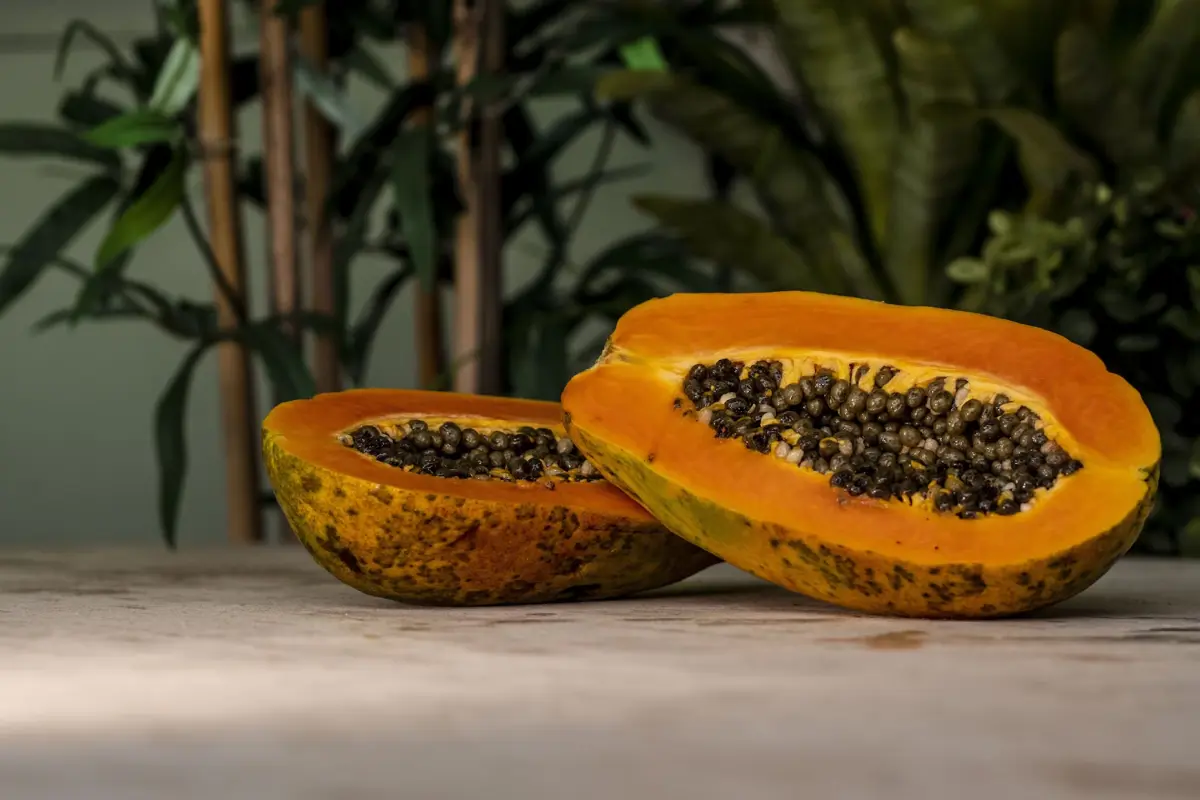In today’s fast-paced, convenience-driven world, sugar has become more than just a sweet treat; it’s an omnipresent component of the average diet, lurking in both obvious and unexpected places. From the morning cup of coffee sweetened with syrup to the seemingly healthy yogurt packed with added sugars, it’s no surprise that the average adult consumes approximately 17 teaspoons of added sugar daily. This figure starkly exceeds the dietary guidelines recommended by health authorities, which suggest no more than 9 teaspoons (38 grams) for men and 6 teaspoons (25 grams) for women per day. This discrepancy between consumption and recommendation highlights a growing concern over our dietary habits and the implications for public health.
The Sugar Epidemic
The excess sugar in our diets is not just a matter of individual weakness for sweets; it’s a systemic issue rooted in the global food industry’s structure. Processed foods, which dominate supermarket shelves, often contain high levels of added sugars to enhance flavor, extend shelf life, and increase palatability. This has led to a dietary environment where it’s increasingly challenging to avoid excess sugar, even for the most health-conscious consumers.
The implications of this sugar overload are grave. High intake of added sugars is linked to a plethora of health issues, including obesity, type 2 diabetes, heart disease, and tooth decay, to name a few. Perhaps more insidious is sugar’s effect on the body’s metabolic processes and its ability to fuel addiction-like behaviors, making reducing consumption a significant challenge for many.
Decoding Labels: The Hidden Sugars
One of the first steps in tackling the issue of high sugar consumption is understanding where it hides. Added sugars go by many names on ingredient lists, including sucrose, high-fructose corn syrup, dextrose, maltose, and more. This multiplicity of terms can make it difficult for consumers to recognize added sugars in their food.
Moreover, sugar is not just in desserts and sodas. It’s also added to foods that don’t necessarily taste sweet, such as bread, sauces, and salad dressings. This widespread use of added sugars means that individuals can easily consume far more sugar than they realize, contributing to the gap between actual intake and dietary recommendations.
The Health Consequences of Excess Sugar
The health risks associated with high sugar intake are well-documented yet alarming. Obesity, which affects nearly 40% of American adults, is closely linked to excessive sugar consumption, particularly in the form of sugary drinks. These beverages contribute to weight gain by providing large amounts of calories without satiety, leading to overeating.
Type 2 diabetes is another significant concern, with research showing that individuals who consume one to two sugary drinks per day have a 26% higher risk of developing the condition than those who consume less. Sugar’s role in heart disease is also notable; high-sugar diets can lead to obesity, inflammation, high triglyceride levels, and high blood pressure, all risk factors for heart disease.
Furthermore, sugar consumption affects dental health, contributing to tooth decay and gum disease. It also has been linked to non-alcoholic fatty liver disease, a condition that can lead to liver failure.
The Path Forward: Reducing Sugar Intake
Given the myriad health risks associated with excessive sugar consumption, reducing intake is crucial. However, this is easier said than done in a world where added sugars are ubiquitous. Here are several strategies for cutting down on sugar:
1. Read Labels Carefully
Becoming adept at reading food labels is essential for identifying hidden sugars. Look not just for the word “sugar” but for all its aliases. Also, pay attention to the order of ingredients; if sugars are listed among the first few ingredients, the product is likely high in added sugars.
2. Opt for Whole Foods
One of the most effective ways to reduce added sugar intake is to base your diet on whole foods. Fruits, vegetables, lean meats, and whole grains do not contain added sugars and offer a wealth of nutrients that processed foods lack.
3. Be Mindful of Liquid Calories
Sugary drinks are among the most significant sources of added sugars in the diet. Opting for water, herbal teas, or unsweetened coffee and tea can dramatically reduce sugar consumption.
4. Understand Your Cravings
Often, sugar cravings are a sign of other deficiencies in the diet or result from habit. By understanding the triggers for sugar cravings, individuals can find healthier ways to satisfy them, such as eating a piece of fruit when craving something sweet.
5. Cook at Home
Preparing meals at home allows for complete control over the ingredients, making it easier to avoid added sugars. Experimenting with spices and herbs can also help enhance flavor without the need for sugar.
Conclusion
The fact that the average adult consumes nearly double the recommended amount of added sugar is a clear indication that our current dietary environment is not conducive to health. While reducing sugar intake is a challenge, it’s a necessary step towards combating the myriad health issues associated with excess sugar. By becoming more aware of the sources of added sugars and taking proactive steps to minimize consumption, individuals can make significant strides towards improving their health and well-being. It’s a journey that requires effort and dedication, but the rewards—a healthier, more vibrant life—are undoubtedly worth it.












